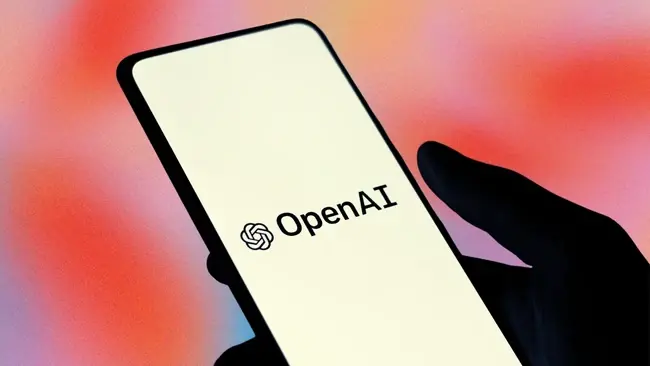
As artificial intelligence (AI) grips Silicon Valley and continues to take the tech world by storm, one company seems to be on everyone’s mind.
OpenAI, the company behind ChatGPT, has been dominating headlines since it launched its explosive chatbot in November 2022, spurring a transformation in the tech space that some experts believe could be as disruptive as the dot-com boom.
With tech giants now locked in an arms race to build generative AI systems based on OpenAI’s research and technology, the AI firm is set to become one of the most profitable AI companies in the world. Microsoft has already invested a whopping $13 billion into the firm over the past two years, and it’s reportedly on pace for $3.4 billion of annual revenue in 2024 – double the revenue it earned last year.
This astounding growth will put OpenAI among a handful of Silicon Valley companies – including Google and Meta – which have posted revenues of $1b billion within a decade of being founded. So how did Sam Altman’s AI firm do it?
This article delves into the rise of OpenAI, exploring what the company is, who owns it, and how it was able to become one of the leading AI companies in the world.
What is OpenAI?
OpenAI is a research organization founded in December 2015 with the goal of developing safe and beneficial artificial general intelligence (AGI). The company was laucnhed by an all-star team including Sam Altman, Elon Musk, and Ilya Sutskever to ensure AI development prioritizes safety and benefits humanity.
Now a leader in the ongoing AI boom, OpenAI has developed several large language models (LLMs), advanced image generation models, and previously, released open-source models. Its release of its famous LLM ChatGPT has been largely credited with setting off the mainstream interest and adoption of AI we see today.
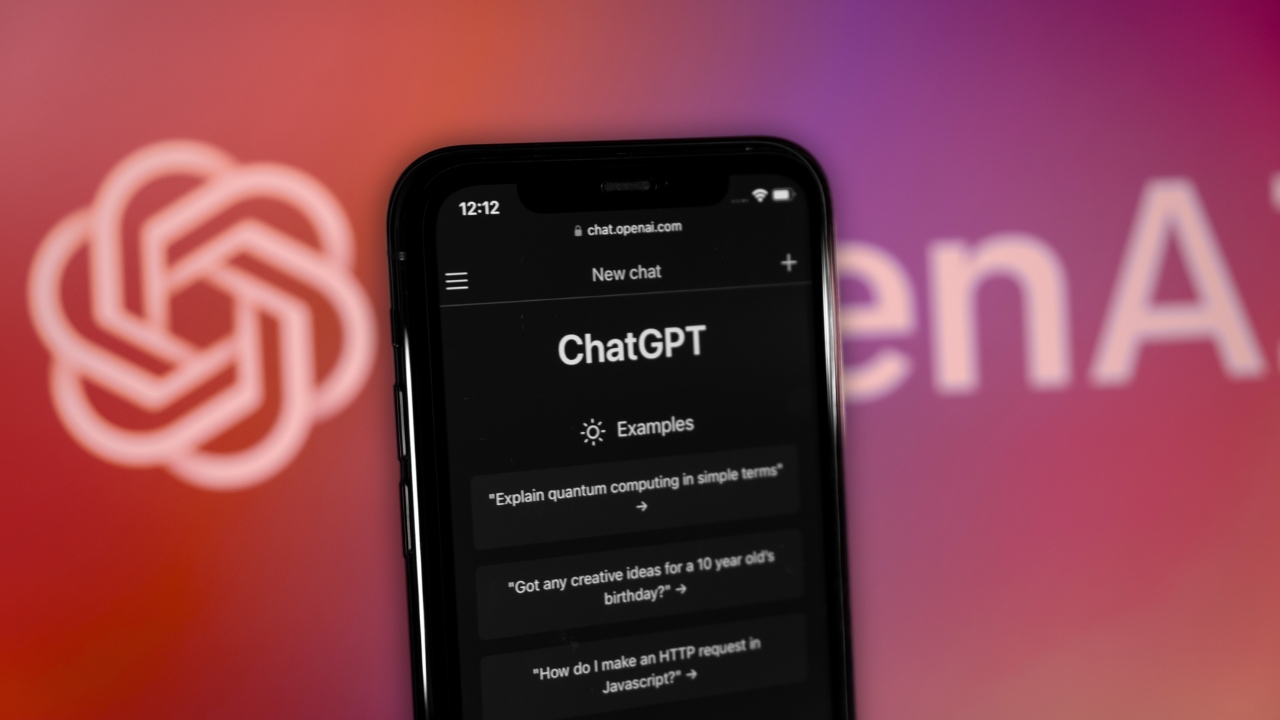
OpenAI initially focused on open-source toolkits for developing AI algorithms in 2015 but has become a commercial powerhouse since it created a business arm in 2020.
Its annualised revenue was $1.3 billion as recently as October last year, according to The Information, but the pace of sales growth has continued to accelerate.
According to CEO Sam Altman, 92% of Fortune 500 companies were using OpenAI products, including ChatGPT and its underlying AI model GPT-4, as of November last year, and the chatbot has 100mn weekly users.
Altman has kept busy ensuring OpenAI remains as the pioneer of the AI boom He recently showed off the firms latest AI model, the omnimodal GPT-4o, which can translate conversations in real time and assess your physical surroundings to reason and problem-solve.
Who founded OpenAI?
OpenAI was co-founded by Elon Musk and Sam Altman in 2015. Other notable Silicon Valley characters were also part of the founding team, including machine learning experts Ilya Sutskever and Greg Brockman, along with Peter Thiel and LinkedIn cofounder Reid Hoffman – who pledged $1 billion to the project.
Many of the key founders of OpenAI are no longer at the company. Musk left the firm in February 2018 over disagreements with the organization’s direction, reportedly believing OpenAI wasn't moving fast enough and questioning its chances of success. He advocated for a for-profit structure with more control, potentially merging with Tesla, while OpenAI prioritized a non-profit approach with broader accessibility.
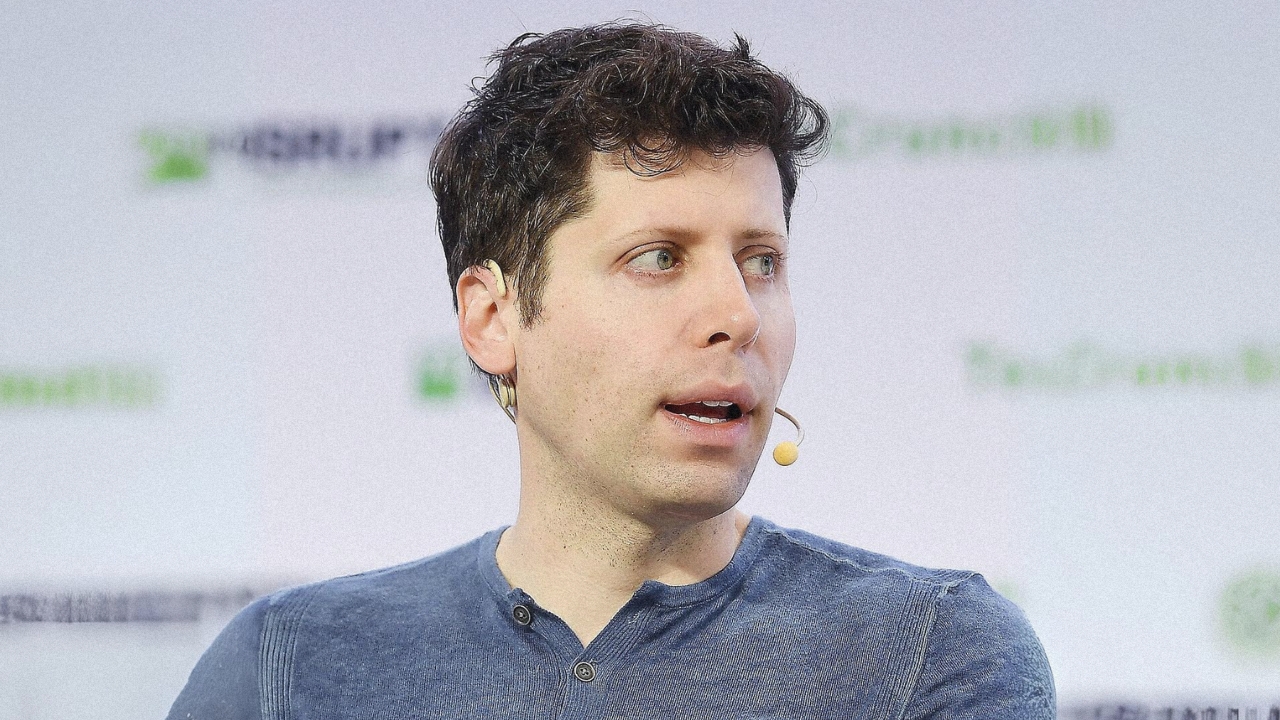
Ilya Sutskever and Greg Brockman both departed ways from the company in late 2023 following a boardroom coup to remove Altman as CEO.
Reports suggest Sutskever and Brockman disagreed with Altman on the strategic direction of OpenAI, particularly regarding the balance between achieving technological advancements and prioritizing safety measures.
Both Sutskever and Brockman allegedly have prioritized staying focused on the core research mission and safety concerns around AGI, whereas Altman emphasized securing funding and broader applications of the technology.
Who owns OpenAI?
OpenAI’s ownership is divided between and the original OpenAI non-profit foundation, Microsoft (49%), and other stakeholders (49%) including Andreessen Horowitz (a16z), Sequoia Capital, Thrive Capital, Founders Fund, Khosla Ventures, Infosys, and Y Combinator.
OpenAI Inc serves as the overarching non-profit umbrella for the firm, while the commercial aspirations are handled by OpenAI LP, which functions as a "capped-profit" profit arm. This profit arm was announced in November 2019, allowing it to accept investments with limitations on potential profits for investors.
Since launching its profit arm, OpenAI has received tens of billions of dollars in investments. Its biggest investor is Microsoft, who splashed $1 billion in OpenAI in 2019 and a further $10 billion in 2023 to secure 49% ownership of the company.
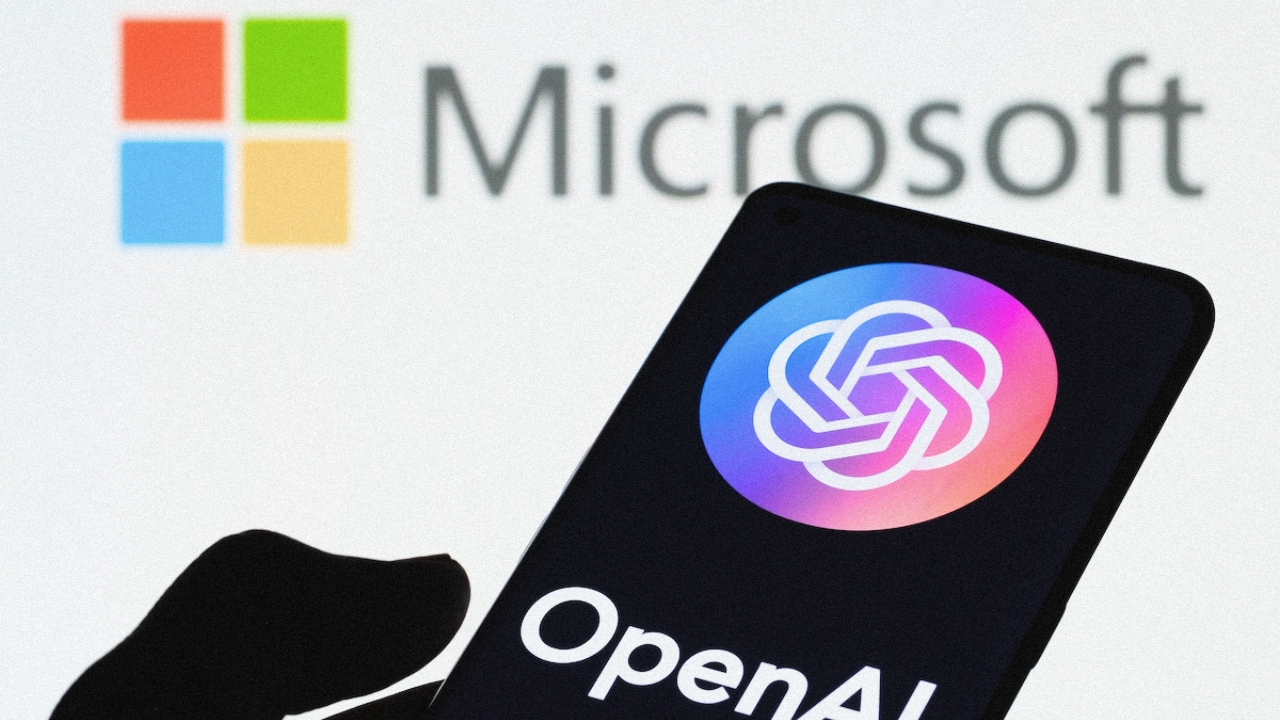
Infosys, an Indian multinational information technology company, was also an early investor in OpenAI, and was mentioned as one of the contributors alongside bigger names like Elon Musk and Microsoft when it launched its commercial arm.
The remaining ownership percentage (around 49%) is likely held by a combination of venture capital firms and tech companies, and potentially other undisclosed investors. Some of the most prominent names include Andreessen Horowitz (a16z), Sequoia Capital, Thrive Capital, Founders Fund, and Khosla Ventures
The rise of OpenAI
2015-2017
Initially, OpenAI functioned as a non-profit research lab. The firm released open-source tools and research findings, using a community-driven approach to AI development as part of their central research to develop safe and beneficial artificial general intelligence (AGI).
In 2016, it released the OpenAI Gym. This toolkit provided a platform for researchers to test and improve reinforcement learning algorithms, which significantly accelerated advancements in this crucial area of AI.
In 2017, OpenAI released OpenAI, a computer program by OpenAI that plays the five-on-five video game Dota 2, which grabbed headlines when it defeated a professional Dota 2 team. This was seen as a significant milestone in the development of AI because it demonstrated that the technology was capable at beating humans in communication-based scenarios – which had previously been seen as impossible.
2018-2021
By 2018, the need for significant resources to push the boundaries of AGI became evident, and OpenAI began exploring alternative funding models.
They introduced the concept of a "capped-profit" model, allowing them to accept investments while ensuring any excess revenue would be reinvested in their core mission, prioritizing safety and responsible AI development.
However, this shift towards a for-profit element caused friction within the founding team. Elon Musk, who reportedly advocated for a more open-source and faster-paced approach, left OpenAI in February 2018 due to disagreements about the organization's direction.
Despite the internal changes, OpenAI continued to make significant strides in AI research. Projects like GPT-3, a powerful language model, emerged during this time, showcasing their progress in natural language processing. In 2021, OpenAI also introduced DALL-E, a specialized deep learning model adept at generating complex digital images from textual descriptions, utilizing a variant of the GPT-3 architecture.
As OpenAI's capabilities grew, so did public scrutiny. Questions arose about the potential dangers of powerful AI and the ethical implications of their research. OpenAI, however, continued to emphasize safety and responsible development.
2022-present
In November 2022, Openai launched a free preview of ChatGPT, a new AI chatbot based on GPT-3.5. The launch was explosive, pushing AI into the mainstream for the first time in its development and sparking widespread interest in the capabilities of LLMs and their potential applications in various fields. According to OpenAI, the preview received over a million signups within the first five days.
This success brought OpenAI into the public spotlight – and with this attention came investments. In early 2023, Microsoft invested a whopping $10 billion into the firm, providing it with the resources it needed to accelerate its research and development efforts. Microsoft also announced that it was building AI technology based on the same foundation as ChatGPT into Microsoft Bing, Edge, Microsoft 365 and other products.
Then, on March 14, 2023, OpenAI released GPT-4, both as an API and as a feature of ChatGPT Plus less than 6 months after the release of GPT-3. The following months would see the firm battling with regulators and AI doomers calling for development to slow down so proper guardrails can be put in place.
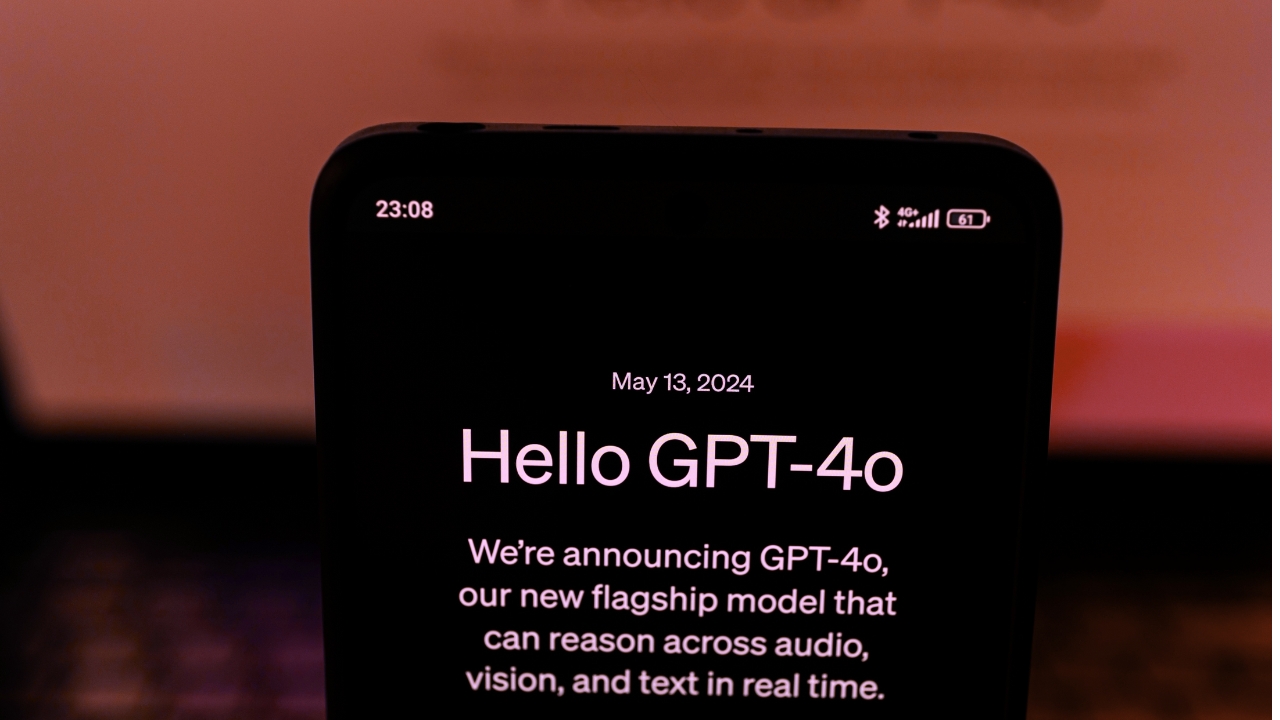
This debate would send a shockwave through OpenAI’s boardrooms as it struggled to balance commercialising AI with its original purpose of developing safe and beneficial AGI for humanity.
Still, OpenAI’s success continued. By mid-2013, 92% of Fortune 500 companies were using ChatGPT in their workloads and 100M people around the world were using ChatGPT weekly, according to Altman.
With the adoption of ChatGPT soaring and talks of an AI revolution in the tech space sweeping through Silicon Valley major tech companies including Google, Meta and Apple were sent into a frenzy as they attempted to react to OpenAI’s sudden rise to fame.
Google poured resources into its Bard language model (now Gemini), while Meta prioritized advancements in its conversational AI for the Metaverse. Apple, known for its focus on user privacy, also ramped up AI-devlopment and reportedly aimed to strike a balance between innovation and responsible data usage.
Today, this sense of urgency continues to grip Silicon Valley. Companies of all sizes and sectors continue to develop AI-powered features and applications.
OpenAI has kept busy since the launch of GPT-4 too, releasing updates to its massively popular chatbot at a rapid pace as well as new products, including its image-generation tool DALL-E and its upcoming AI video-generation tool Sora.
It recently showed off its latest AI model, the omnimodal GPT-4o, which can translate conversations in real time and assess your physical surroundings to reason and problem-solve. The model is far more natural in its conventional skills than previous models too, and can be interrupted by the questioner for a more engaging communication flow.
The future of OpenAI
With ith tech giants like Google, Meta, and Apple intensifying, OpenAI will need to adapt its strategies to stay ahead in the race for AI supremacy. It’s unlikely to be solely focused on language models, though.
Microsoft's billion-dollar investment provides OpenAI with significant resources to fuel research and development, accelerating their progress in not only chatbots but also other AI advancements like machine learning, AI-powered security, and even quantum computing.
At the same time, itwill need to navigate the tension between its non-profit roots and the need for financial sustainability, and as AI becomes more powerful, it will need to demonstrate its commitment to safety and ethical considerations.
If OpenAI becomes a leader in the field of safe and beneficial AI, it could set the standard for responsible development and collaboration with governments and organizations to mitigate risks against them. Its decisions will have a significant impact on the trajectory of artificial intelligence and its potential to benefit humanity.












